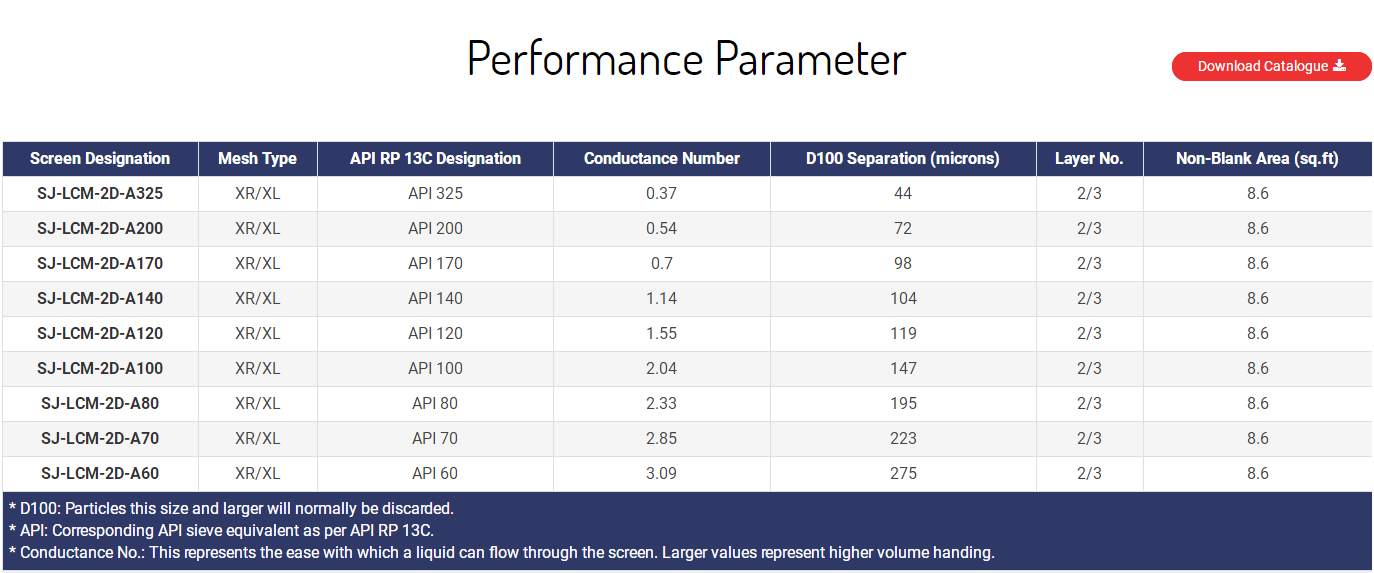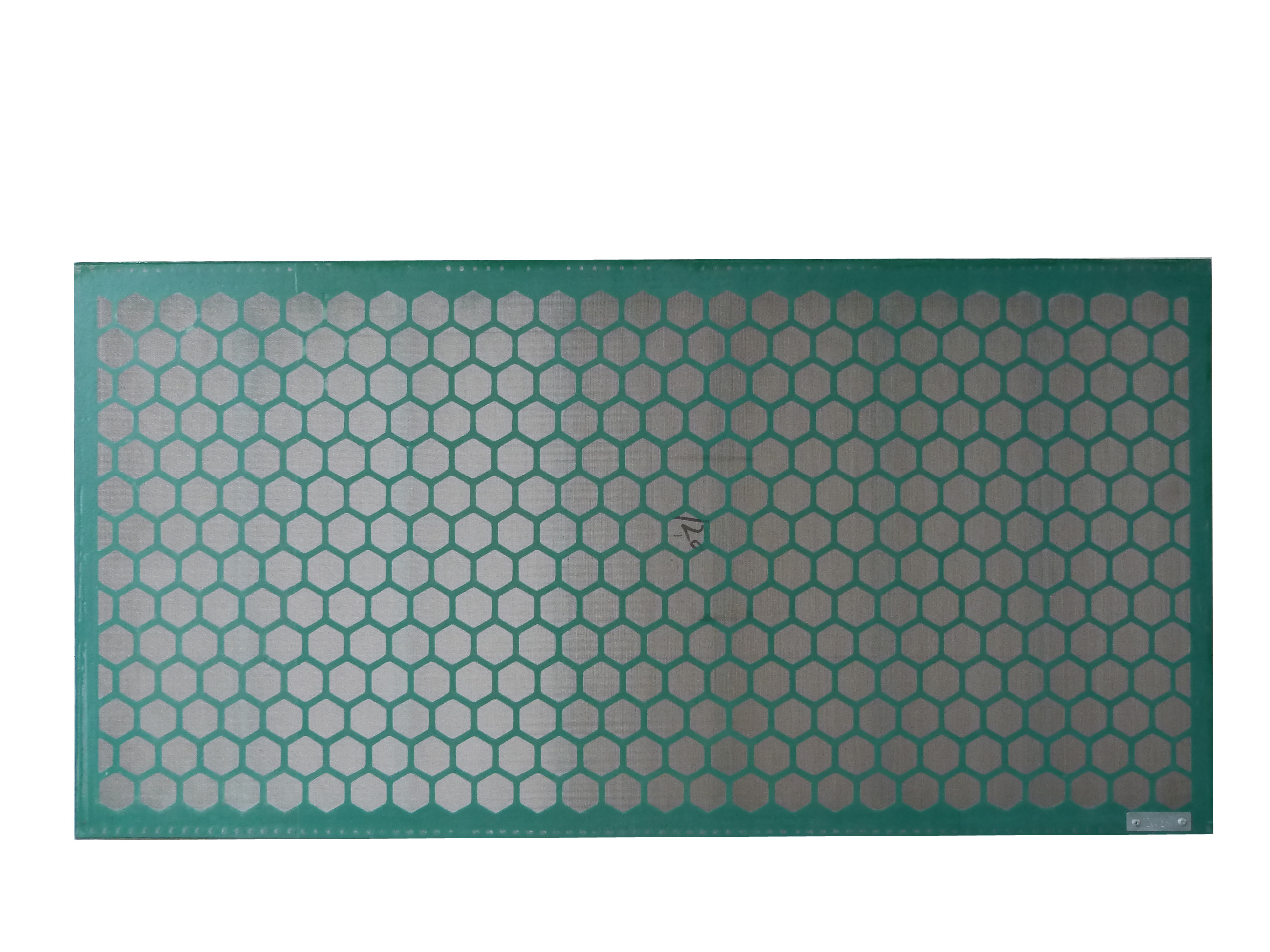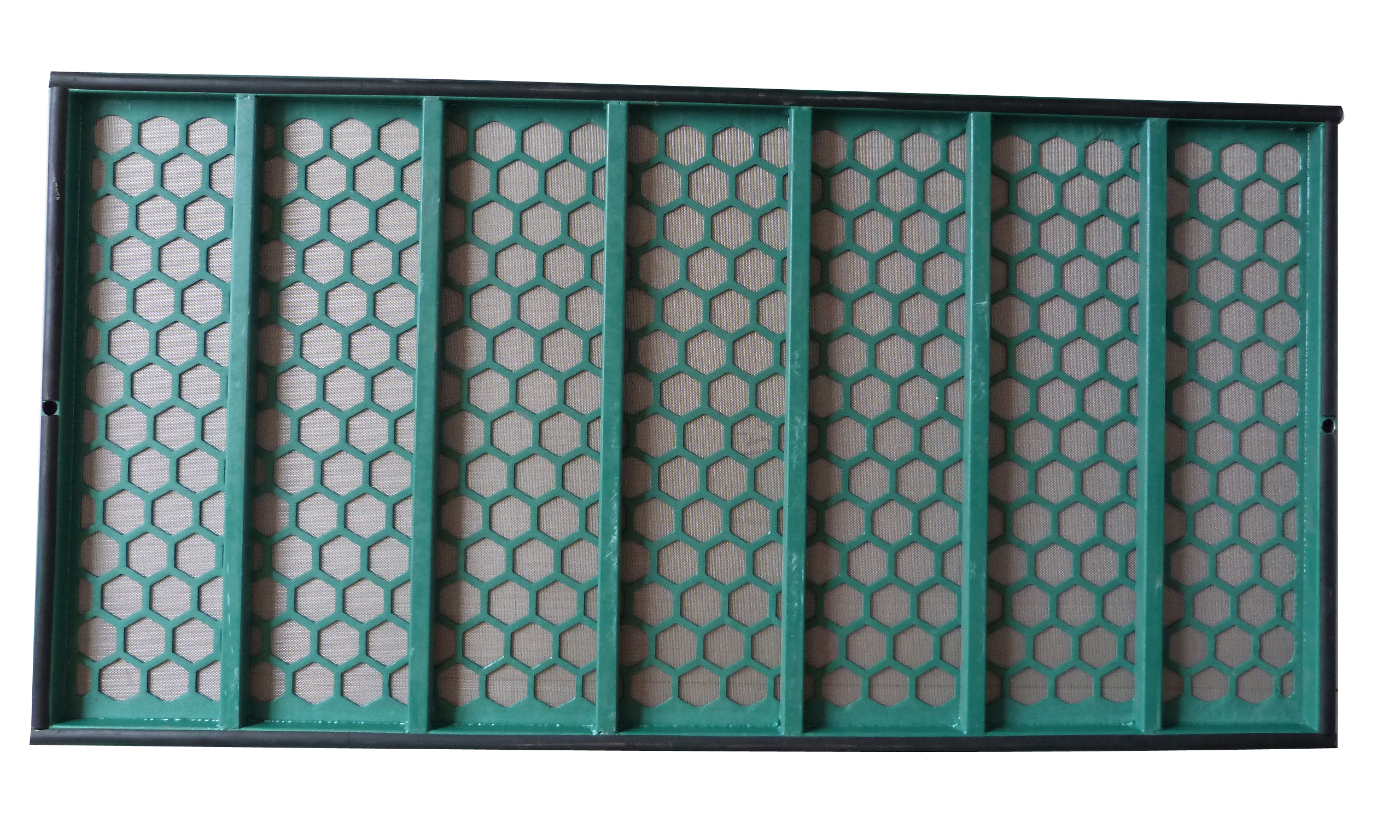Among all the materials that can be 3D printed, glass is still one of the most challenging materials. However, scientists at the research center of the ETH Zurich in Switzerland are working to change this situation with a new and better glass printing technology.

It is now possible to print glass objects. The most commonly used method involves either extruding molten glass or selectively sintering (laser heating) ceramic powder to convert it into glass. The former requires high temperatures and therefore heat-resistant equipment, while the latter cannot produce particularly complex objects. ETH's new technology aims to improve these two shortcomings.
It contains a photosensitive resin composed of liquid plastic and organic molecules bonded to silicon-containing molecules, in other words, they are ceramic molecules. Using an existing process called digital light processing, the resin is exposed to a pattern of ultraviolet light. No matter where the light hits the resin, the plastic monomer will crosslink to form a solid polymer. The polymer has a labyrinth-like internal structure, and the space inside the labyrinth is filled with ceramic molecules.

The resulting three-dimensional object is then fired at a temperature of 600ºC, burning off the polymer, leaving only the ceramic. In the second firing, the firing temperature is about 1000ºC, and the ceramic is densified into transparent porous glass. The object does shrink significantly when converted into glass, which is a factor that must be considered during the design process.
The researchers say that although the objects created so far are small, their shape is quite complex. In addition, the pore size can be adjusted by changing the intensity of ultraviolet rays, or other characteristics of the glass can be changed by mixing borate or phosphate into the resin.
A major Swiss glassware distributor has expressed interest in using the technology, which is similar to the technology being developed by the Karlsruhe Institute of Technology in Germany.
Brandt Lcm-2D Shaker Screen
Replacement Flat Screens for Brandt BLT-50/LCM-2D Shakers
SJ-Brandt LCM-2D Shaker Screen are constructed with two or three layers of 304 or 316 stainless steel wire mesh cloth, and then combined together with a steel backing plate. This type of Shaker Screen is produced for the replacement screen for Brandt BLT-50/LCM-2D (bottom basket) shale shaker. Mesh size range is from API 20 to API 325. The screens vary greatly in size and shape for different layers. Thus, the intensity and endurance of the screen have been infinitely enhanced, so as to achieve maximum solids removal efficiency.
Technical Parameter
- Mesh Material: stainless steel 304/316/316 L.
- Frame Material: Q235 steel.
- Screen Type: XL, XR.
- API RP 13C Designation: API 20–API 325.
- Package: Packed in paper carton, shipped by wooden case.
Adaptable Shale Shaker Model
SJ-Brandt LCM-2D shaker screen are used as the substitute screen for
- Brandt BLT-50 shale shaker.
- Brandt LCM-2D shale shaker.
Competitive Advantage
- Reliable, low-maintenance, trouble-free operation.
- Specialty design for maximum solids removal efficiency.
- Integrated drying screen for fine screen deck.
- Manufactured according to the API RP 13C (ISO 13501).
- Scientific & reasonable cost control system for competitive price.
- Adequate inventory in the shortest time to meet customers' demand.

Remarks:
Brandt, BLT-50, LCM-2D are marks of Varco I/P, Inc.


Brandt LCM-2D Shaker Screen
Brandt Lcm-2D Shaker Screen ,Lcd Touch Screen,Lcd Projector Screen,Lcm Screen
Anping Shengjia Hardware Mesh Co.,ltd , https://www.oilshakerscreen.com
